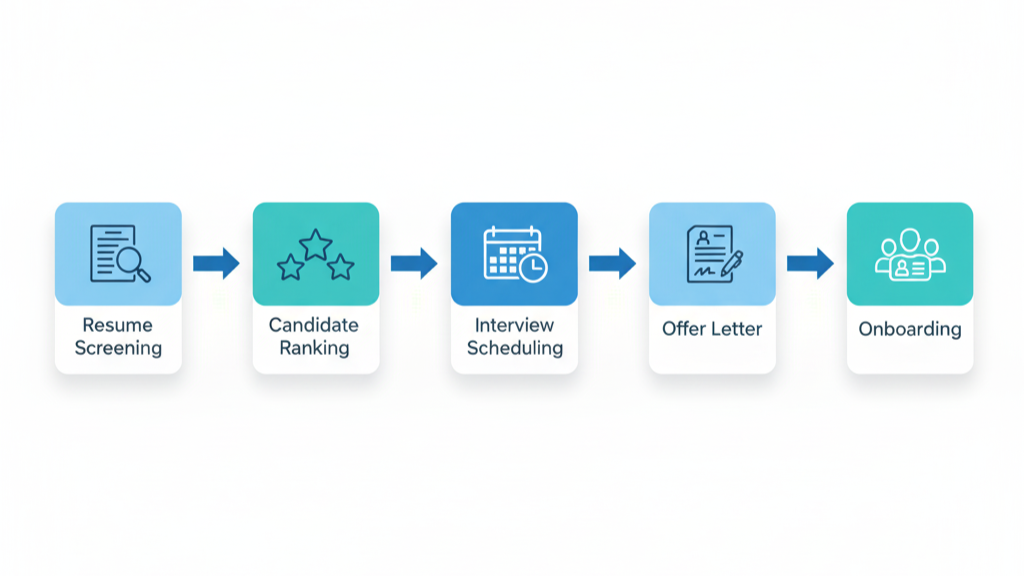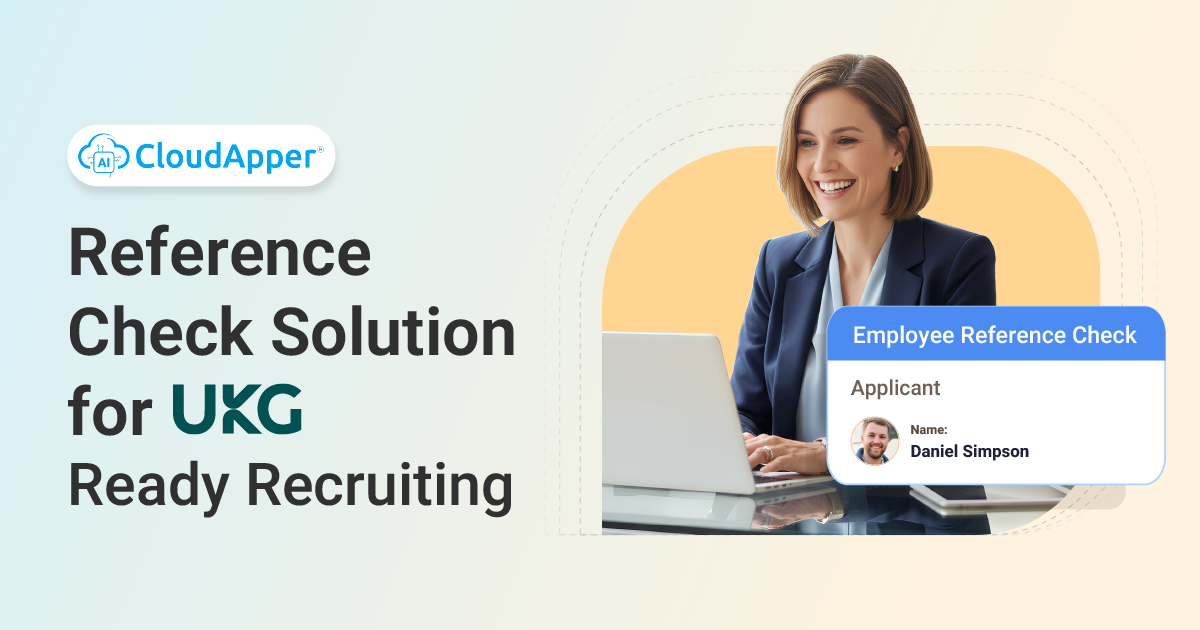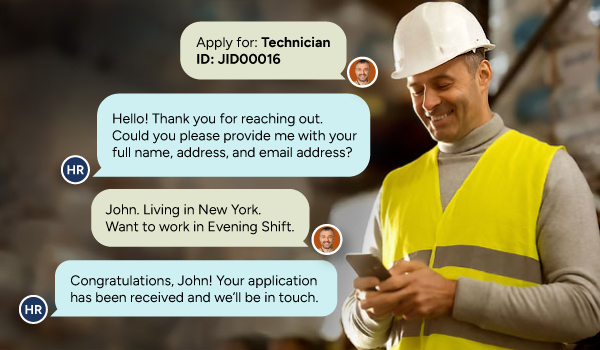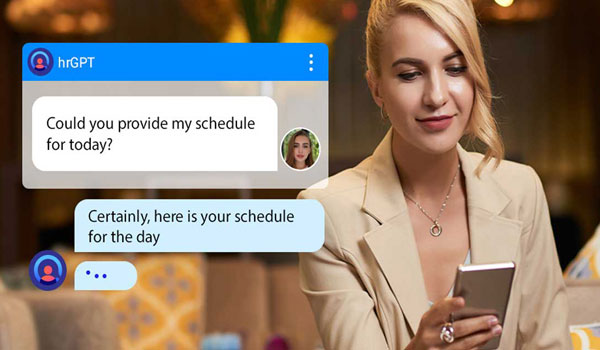AI recruitment integration revolutionizes HR by automating resume screening, candidate ranking, and onboarding. It enhances efficiency, fairness, and compliance, allowing HR teams to focus on engaging top talent. Discover how AI streamlines hiring and improves candidate experience in this article.
Table of Contents
AI recruitment integration is transforming the way HR teams operate, helping businesses scale hiring efficiently while maintaining fairness and consistency. By integrating AI tools with systems like UKG Pro and UKG Ready, companies can automate critical tasks such as resume screening, candidate ranking, and onboarding. This results in faster hiring and a better candidate experience.
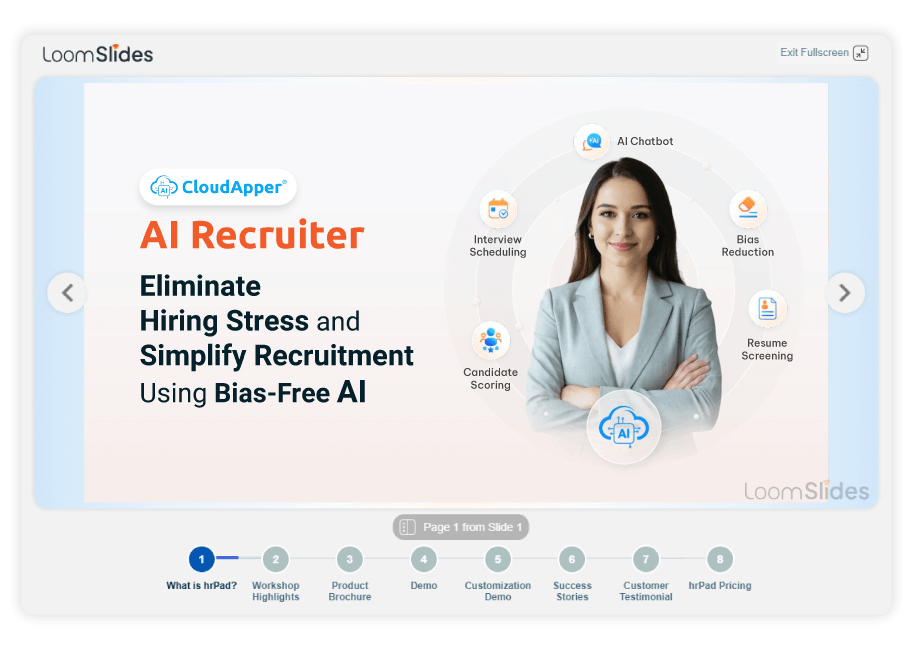
For more information on CloudApper AI Recruiter for UKG visit our page here.
In this article, we’ll explore how AI recruitment integration enhances recruitment workflows and why businesses should consider adopting it.
Why AI Recruitment Integration is Crucial for Modern HR Teams
The recruitment process is one of the most time-consuming tasks for HR teams, especially as companies grow. Sorting through resumes, conducting interviews, and handling administrative work often overwhelms recruiters. As recruitment volumes rise, companies need solutions that can keep up without sacrificing the quality of hires.
With AI recruitment integration, businesses can automate repetitive tasks such as resume parsing and interview scheduling. This allows HR teams to focus on engaging top candidates and making informed decisions, without adding more resources.
Deloitte’s HR Tech Trends report found that companies integrating recruitment tools into their core HR systems reduce administrative costs by an average of 22% — proving the ROI of hiring integration.
How AI Recruitment Integration Streamlines the Hiring Process
Here’s how AI recruitment integration with UKG Pro and UKG Ready can simplify your hiring workflow:
-
Automated Resume Screening and Matching:
AI tools automatically scan resumes, extract key data, and match it with job descriptions. This eliminates manual screening and ensures only the best candidates are moved forward. -
Custom Candidate Ranking:
AI ranks candidates based on criteria defined by the employer. This custom ranking ensures candidates are evaluated consistently and fairly. HR teams can quickly identify top talent without manually sorting resumes. -
Automated Interview Scheduling:
AI tools sync with calendars to schedule interviews automatically. This reduces the back-and-forth between candidates and recruiters, saving time and improving the candidate experience. -
Seamless Onboarding Integration:
Once candidates are selected, their data is automatically transferred into UKG Pro or UKG Ready for seamless onboarding. The system initiates tasks such as document submission and training, eliminating manual data entry.
Gartner predicted that by 2025, 60% of talent acquisition technologies will include AI-driven capabilities, making AI recruitment integration essential for staying competitive. (Gartner HR Tech Outlook)
Benefits of AI Recruitment Integration
Adopting AI recruitment integration provides several key benefits:
-
Faster Hiring:
Automated screening and ranking speed up the hiring process. You can fill positions quickly without compromising the quality of hire. -
Better Candidate Experience:
Automated systems ensure timely communication, keeping candidates informed at every stage. Faster responses and clear communication improve the overall candidate experience. -
Fairness and Consistency:
AI ensures candidates are evaluated based on objective criteria, eliminating unconscious bias. This helps create a more diverse and inclusive recruitment process. -
Improved Data Management:
Integration with UKG Pro and UKG Ready ensures candidate data flows seamlessly between systems. HR teams have access to accurate, up-to-date information at every stage of recruitment. -
Cost Savings:
By automating key tasks, businesses can reduce the need for additional HR staff or external agencies, cutting recruitment costs over time.
The Future of Hiring: AI Recruitment Integration
The future of hiring lies in automation. With AI recruitment integration, companies can ensure that their hiring process remains competitive and efficient. By adopting AI tools, businesses can automate the hiring process, improve decision-making, and scale their operations without adding additional resources.
Organizations that leverage AI tools in their recruitment process will experience increased hiring speed, improved accuracy, and fairer candidate selection. They’ll be able to fill roles faster while ensuring quality hires.
Conclusion: Embrace AI Recruitment for Smarter Hiring
AI recruitment is essential for modern recruitment. By automating key stages of the hiring process, businesses can streamline operations, improve candidate experience, and make better hiring decisions. CloudApper’s AI Recruiter, integrated with UKG Pro and UKG Ready, offers a powerful solution for creating a more efficient and fair recruitment workflow.
Ready to enhance your recruitment process?
FAQs on AI Recruitment Integration
What is AI recruitment integration?
AI recruitment integration connects recruiting tools like CloudApper AI Recruiter with HR systems such as UKG Pro and UKG Ready. It streamlines the hiring process by automating tasks like resume parsing, candidate ranking, scheduling, and onboarding — ensuring all candidate data flows seamlessly across platforms.
What does integration ready resume parsing technology mean?
Integration ready resume parsing technology automatically extracts key details from resumes (skills, experience, education) and transfers them directly into your applicant tracking system (ATS) or HR platform. This eliminates manual data entry and ensures candidates are consistently evaluated.
How does hiring integration improve the recruitment process?
Hiring integration reduces manual effort by syncing candidate information across systems. It speeds up time-to-hire, minimizes errors, and ensures recruiters, hiring managers, and HR teams work from the same data.
What is an applicant tracking system (ATS)?
An applicant tracking system is software used to collect, organize, and manage candidate information throughout the recruitment process. When integrated with AI tools, ATS platforms become even more efficient by enabling automated screening, ranking, and scheduling.
How does AI candidate selection work?
AI candidate selection evaluates resumes against predefined job criteria such as skills, qualifications, and experience. By focusing on objective data, it ensures fairer shortlisting, reduces unconscious bias, and highlights the best-fit candidates faster.
What are recruitment tools with integration?
Recruitment tools with integration are solutions that connect seamlessly with existing HR and payroll platforms. For example, CloudApper AI Recruiter integrates directly with UKG Pro and UKG Ready, allowing candidate data to flow automatically into workforce planning and onboarding systems.
How can AI recruitment integration streamline talent acquisition workflows?
By automating resume parsing, shortlisting, interview scheduling, and onboarding handoffs, AI recruitment integration eliminates repetitive tasks. This helps HR teams focus on strategic decision-making while maintaining consistency and accuracy across the talent acquisition process.
Is CloudApper AI Recruiter only for large enterprises?
No. While large organizations benefit the most from automation, mid-sized businesses also use CloudApper AI Recruiter to save time, reduce bias, and improve hiring outcomes without adding extra HR staff.
How does AI recruitment integration support HR tech projects?
AI integration reduces complexity in HR tech projects by connecting systems that often operate in silos. With CloudApper, companies can enhance their existing UKG investment without heavy customization or IT burden.
Can CloudApper integrate with platforms beyond UKG?
Yes. CloudApper AI Recruiter is designed for flexibility. While it integrates seamlessly with UKG Pro and UKG Ready, it can also connect to other ATS or HR systems using APIs.





